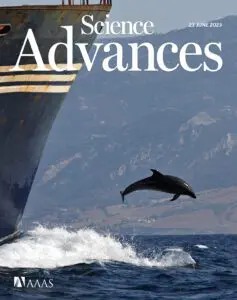
In this study, the researchers used a method called mass spectrometry to study the proteins and metabolites inside FLC tumors and compared them to normal liver tissue. They found that the proteins in FLC tumors are different from those in healthy liver tissue, which could explain why FLC cells react differently to certain drugs and why patients with FLC often develop a condition called hyperammonemic encephalopathy.
Hyperammonemic encephalopathy is a common problem in FLC patients and can be fatal. Many current treatments for this condition assume that the liver is failing, but they don’t work well for FLC patients. The team discovered that within FLC tumors, the production of ammonia (a toxic substance) is increased, while two major mechanisms to remove ammonia are decreased. This suggests that traditional treatments for this FLC side effect might not be effective, and new approaches are needed.
The study also highlighted why some therapeutics, namely irinotecan, showed unexpectedly good results against FLC in a high-throughput drug screen previously conducted by the Simon lab. Irinotecan, a chemotherapy agent sometimes used in colorectal and small cell lung cancer, converts to an active metabolite SN-38 which eventually inhibits both DNA replication and transcription. The analysis identified that the quantities of the enzymes responsible for the modification and export of that active metabolite are reduced in FLC tumors. As a result, FLC tumors are not able to clear irinotecan as fast as normal liver cells. This inability to metabolize the agents allows them to accumulate in the tumor tissue.
The study also found that many proteins in the mitochondria (the cell’s energy factories) are altered in FLC, and this could provide clues for developing new therapies. Additionally, they observed changes in how FLC cells use sugar (glycolysis), which could be important for understanding and treating this cancer. In summary, this research uncovers important differences in the proteins and molecules in FLC tumors compared to normal liver tissue, shedding light on why FLC behaves the way it does and suggesting potential new treatments for this deadly cancer.
The full text of the publication can be accessed here.
